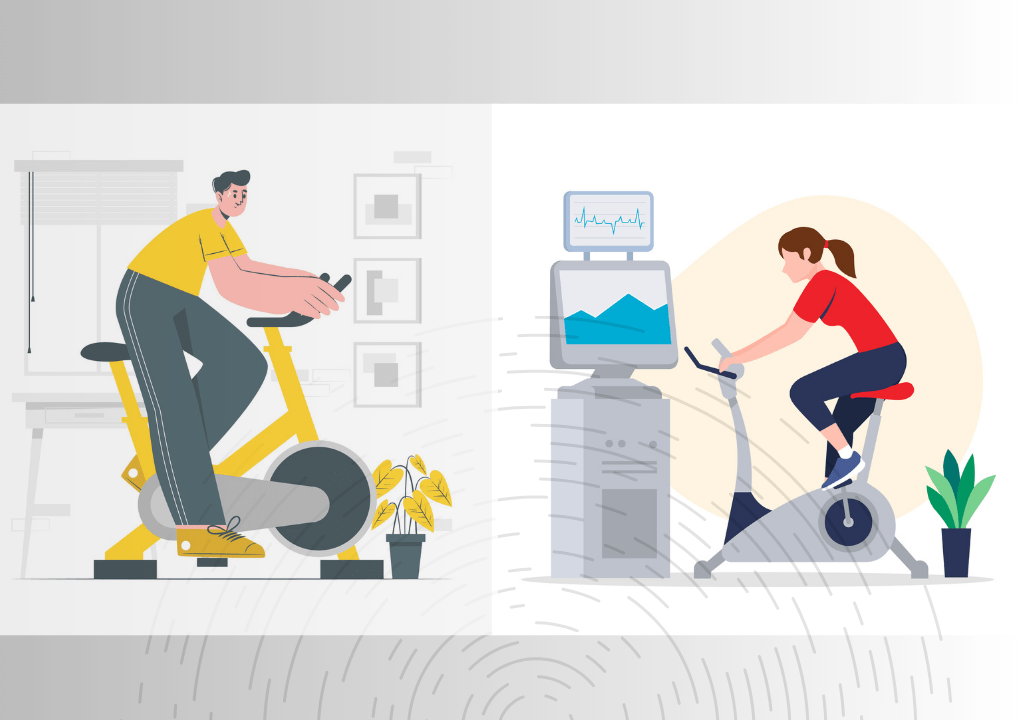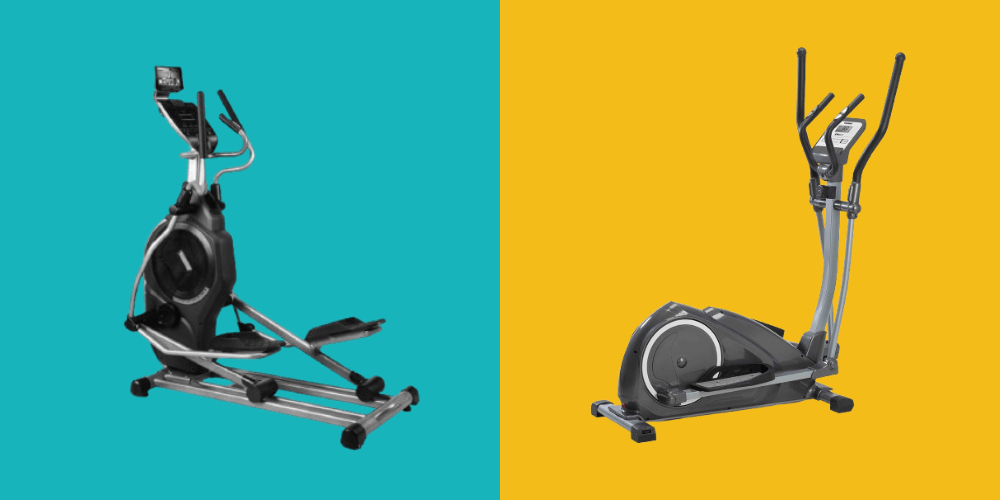Cardio workout – how much and why?

As many already know, cardio workout is strongly associated with such factors as oxygen debt, high pulse rate, and weight loss. The abbreviation cardio itself comes from the word cardiorespiratory, so this type of training is most focused on the work of the cardiovascular system and respiratory system. I have no doubt that cardio is associated with the treadmill and the bicycle, but cardio is any aerobic activity that can raise the pulse rate to approximately 60% of the maximum possible pulse rate. That is, even when walking fast, it is likely that the pulse of a person with poorer physical fitness will exceed 120 or even 130 beats / min. and we can already emphasize that he is doing cardio training. Since the physical fitness of each of us, and especially aerobic capacity, is different, cardio training can also be very diverse. The best way to measure the benefits of your cardio training is to monitor your pulse rate both during and after training. What does the effectiveness of cardio training depend on? There are two fundamental factors that influence operational efficiency.
About the intensity of this type of workout
When lifting weights, we can measure intensity in kilograms on the barbell. When cycling or using an elliptical trainer, we can measure intensity in speed. During regular cardio training (especially group training), attention should be paid to pulse rate. The safest and most effective fat burning zone for the body and the limit of cardio training is 60% – 80% of the maximum pulse rate. You really don’t need a higher intensity unless you are a professional athlete or want to try to exhaust your body.
The more intense the workout, the more effective it is and you will burn more calories during it, but this requires not only more effort, but also proper physical preparation. Therefore, we would recommend starting with light, larger workouts that do not cause problems for the body’s recovery. The duration of aerobic workouts depends largely on the intensity. You can read about the recommended training time for different intensities in these articles – low intensity and medium, high intensity.
Not everyone has enough time for cardio, but I would recommend at least 30-60 minutes. It’s best to do this on days off from other workouts (e.g., strength training). The World Health Organization (WHO) recommends that adults get at least 150-300 minutes of moderate-intensity aerobic activity each week. That’s about 30-60 minutes 5 days a week.
Cardio workout is useful for our body
Cardio workout is beneficial for our body because:
- Strengthens the cardiovascular system. Aerobic performance is perhaps the most effective means of improving functional indicators. Looking at Figure 1, in which the WHO indicates the most common causes of death, we can see that a very significant proportion is particularly related to the cardiovascular system and the benefits of aerobic activity should not raise any more questions.
- Helps to lose weight. The main reason why many people choose cardio training is to burn calories and fat. During 1 hour of walking, you can burn 200-300 kcal., and during 30 minutes of intense training, you can burn about 400 kcal., so this is a really good way to burn calories. However, you should not forget about strength training, it is definitely not a worse way to burn calories.
- Strengthens the immune system. We have heard many times that a person who exercises is less likely to get sick and is more resistant to diseases. Regular moderate aerobic exercise or training increases the amount of certain antibodies in the blood – immunoglobulins, which strengthen immunity. In other words, the concentration of immunoglobulins reflects the state of the immune system.
- It improves your sleep quality, mood, mental performance, lowers blood pressure, helps regulate blood sugar levels. However, most of these factors depend on what kind of training you choose and how you perform it – you need to remember the human factor and psychological factors. If you perform a very hard training, you will overwork yourself, and your mood and mental performance are unlikely to improve. Therefore, I would recommend distributing the load wisely.
Why are these workouts so popular?
In addition to the physiological reasons listed above, there are several more reasons why cardio is not only such a popular form of physical activity, but also has advantages over, for example, weightlifting and other sports. Cardio training is safer for most people. Of course, when it comes to light-intensity aerobic exercise, it is much more effective and beneficial for a specific group of people than other forms of training. Cardio training is also much more accessible – in many cases it does not require or requires minimal equipment and in many cases, does not require any financial investment, so it is easy to perform.

